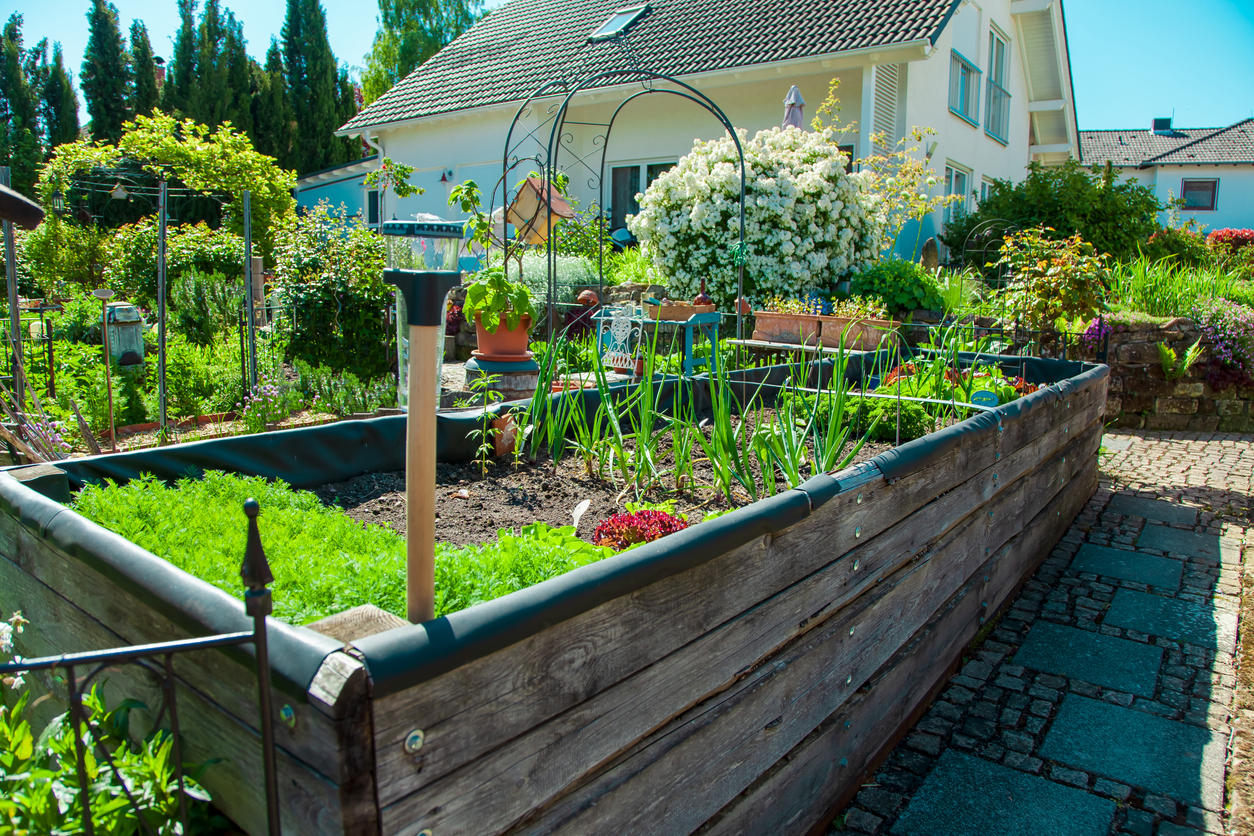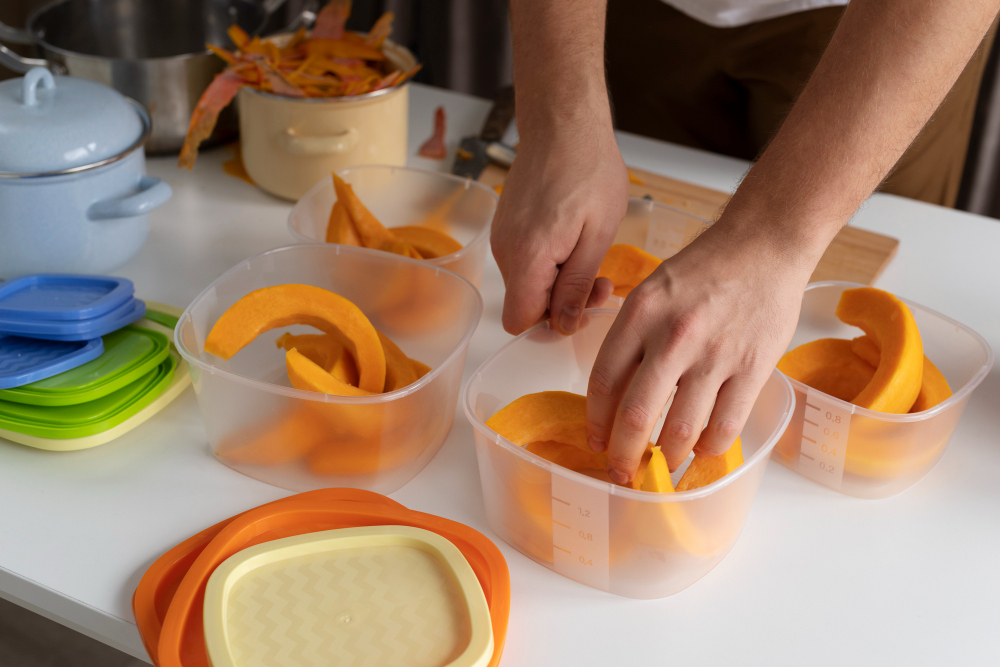Explore household chores grandparents routinely did that many today avoid or overlook.

Many traditional household chores once performed by grandparents have fallen out of regular practice in modern homes. These tasks, from hand-scrubbing floors to maintaining vegetable gardens, involved a level of effort and skill rarely seen now. Understanding these duties offers insight into past daily life, highlighting the care and resourcefulness required to keep a home running smoothly before modern conveniences.
1. Scrubbing floors by hand until every corner gleams with care.

Grandparents often spent hours scrubbing floors by hand, using brushes and soap to remove grime. Each stroke required effort, and every corner held its own challenge. Kneeling on hard surfaces emphasized the physical labor of maintaining a clean home, a far cry from modern convenience.
The detailed attention given to each square inch ensured the house felt fresh. Such diligence provided not just cleanliness but also a sense of accomplishment and pride in one’s living space, according to BuzzFeed. Mechanical floor cleaners may hasten the process, but the personal touch of manual scrubbing is unparalleled.
2. Washing clothes on a washboard to achieve a deep clean.

In past generations, laundry day meant using a washboard for thorough cleaning. This technique involved a considerable amount of elbow grease but achieved remarkable results. Rubbing fabric against the ridged surface helped lift deep-seated dirt and stubborn stains efficiently.
While today’s machines do the heavy lifting, washboards emphasized the meticulous care involved in handling clothing. The skillful use of the board fostered a connection with each garment, as mentioned in Parents. Despite its physical demands, this practice was a testament to resilience and dedication.
3. Mending torn clothing instead of discarding the fabric.

Repairing clothing was once a common household skill. A needle and thread were all that was needed to mend tears and extend a garment’s life. This small act of preservation underscored a time when sustainability was an inherent aspect of daily life.
Choosing to mend rather than replace clothing demonstrated resourcefulness and respect for the items in use. The patience required taught valuable lessons in frugality, encouraging creativity in personal styles. Understanding this practice underscores a fundamental shift in attitudes toward consumption, as shared on Reader’s Digest.
4. Polishing wooden furniture regularly to maintain its rich finish.

Regularly polishing wooden furniture preserved its natural beauty. A soft cloth and quality polish transformed dusty surfaces back to their original shine. The task demanded patience and an eye for detail, ensuring every curve and leg was gleaming.
Consistent care prevented scratches and dullness, reflecting a commitment to home aesthetics. This focused attention often turned a mundane task into a meditative practice, fostering a deeper appreciation for craftsmanship. The glow achieved was more than aesthetic; it was a celebration of homes well cared for.
5. Cooking meals from scratch without relying on shortcuts or mixes.

Cooking meals from scratch used to be the norm. Ingredients were carefully chosen and combined without relying on pre-packaged mixes. The process, from chopping to simmering, required time and skill, deeply tying the cook to the meal’s eventual flavor.
Such dedication resulted in flavors that were uniquely satisfying, crafted through intuition and experience. Culinary shortcuts offer convenience today, yet the art of scratch cooking remains a testament to the understanding of real ingredients. This tradition fostered a deep connection with food and family.
6. Collecting and chopping firewood as a primary heat source.

Chopping firewood was essential for warmth and cooking. Individuals wielded axes to split logs, a process requiring significant physical strength and precision. Each stack of split wood signified hard work, ensuring comfort during colder months or meals cooked over an open flame.
Amidst the rhythmic swing of the axe lay a satisfying mix of exertion and skill. Modern heating systems may spare the labor, yet woodchopping instilled patience and an appreciation for natural resources. It was a reminder of the interplay between effort and reward.
7. Hand-washing delicate linens to preserve their quality and texture.

In prior eras, hand-washing delicate linens preserved their quality. With careful handling, individuals avoided damage that a harsh machine cycle could cause. The tactile experience of washing by hand let one feel each fabric strand and stitch.
These efforts ensured heirloom linens and cherished pieces remained graceful over years. The diligence here speaks to a respect for quality textiles, recognizing their lasting place in a home. This tradition reminded individuals of the value hidden in thoughtful, meticulous care.
8. Emptying and cleaning chamber pots before modern plumbing existed.

Before indoor plumbing, chamber pots required regular attention. The necessity of emptying and cleaning them daily was a task marked by its immediacy and importance. Armed with hot water and a cloth, caretakers managed hygiene amidst less-than-ideal conditions.
Such upkeep, vital and laborious, highlighted an era with limited sanitation technology. While today’s modern systems offer ease, prior generations exhibited resilience and ingenuity in addressing these basic needs. Their resourcefulness paved the way for incremental improvements in living standards.
9. Maintaining outdoor vegetable gardens to supply fresh ingredients daily.

Outdoor vegetable gardens once flourished as a household staple, providing fresh produce. Soil turned over by hand sowed expectations of bountiful harvests. Tending to these gardens required attention, ensuring every seedling thrived under changing weather.
A daily connection with the earth nurtured knowledge about seasons and plant care, bringing individuals closer to their food sources. Homegrown vegetables meant meals with garden-fresh flavors, offering direct control over food quality. This relationship with gardening colored family meals with satisfaction.
10. Caring for reusable containers instead of using disposable options.

Reusable containers held a significant place in kitchens before the era of disposables. Glass jars and tin boxes stored pantry goods, cleaned for reuse time and again. These containers served both purpose and environmental consideration, representing careful resource management.
Maintaining these vessels demanded regular washing and care, ensuring their longevity and safety. While convenience sometimes encourages disposables, the practice of reusing supported sustainability, honoring a principle of reducing waste. It emphasized a cultural focus on stewardship.
11. Ironing every piece of clothing meticulously for a crisp look.

Ironing clothes was a regular commitment to presenting oneself neatly. Pressing each garment smooth, using a hot iron, was an art in itself. The careful drag of iron on fabric ensured no crease marred the appearance, achieving a polished, professional look.
Beyond aesthetics, this act reinforced a sense of discipline and pride in personal appearance. While wrinkle-resistant fabrics offer ease, traditional ironing remains a testament to precision and care. This diligence reflected deeper cultural values of self-respect and preparation.
